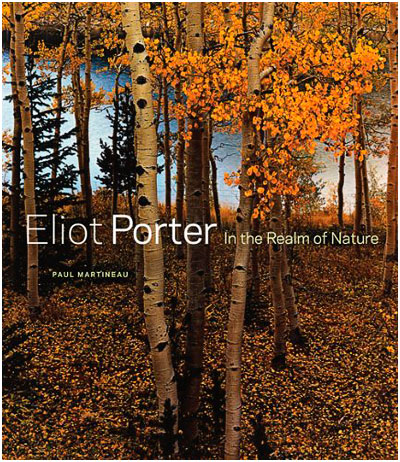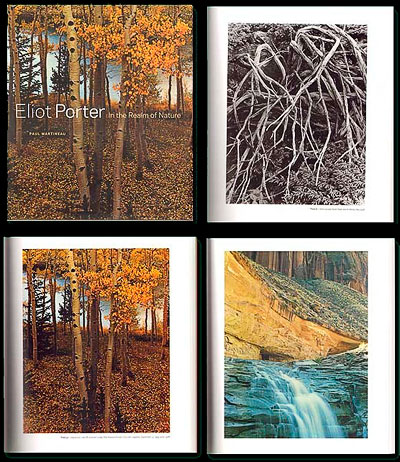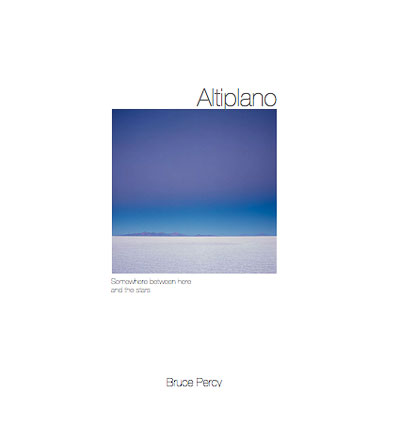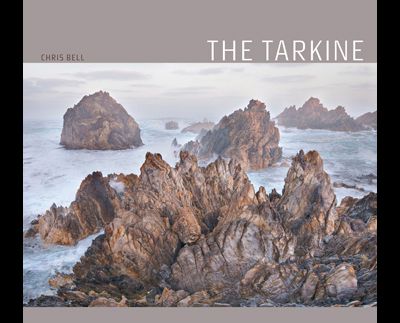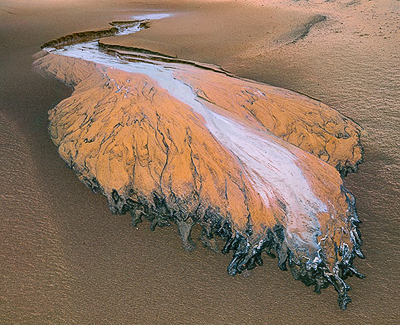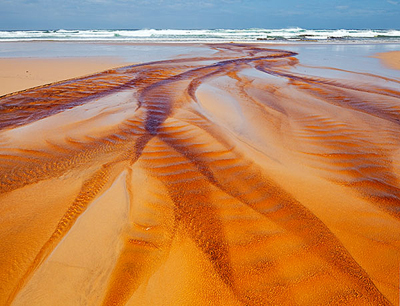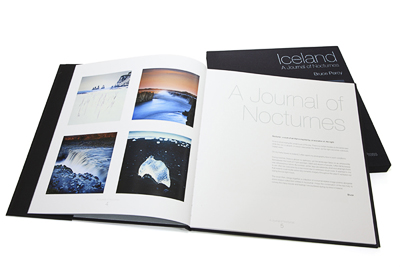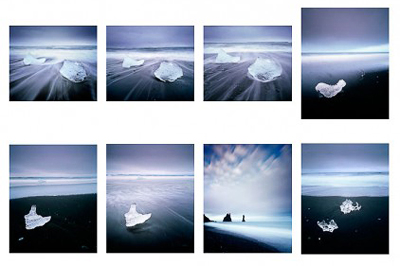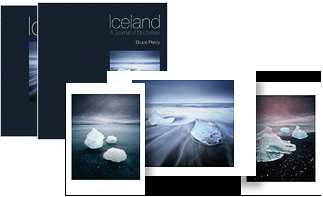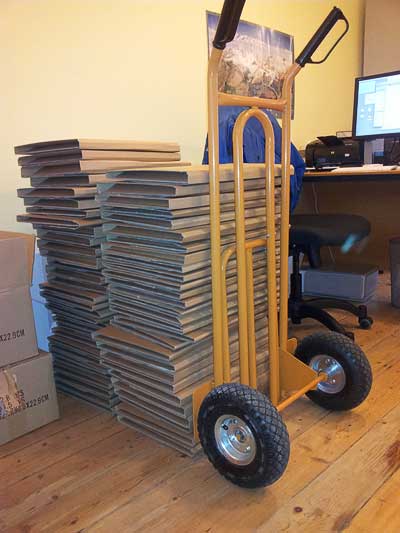Over the past few weeks, I’ve been thinking about the medium of photographic books and why I find them so attractive. It’s been an interesting time for me designing (with the fantastic help of Darren Ciolli-Leach) and putting together the concept behind my Iceland book.
I’ve found the entire journey of putting together that book quite a stimulating thing to do as it’s allowed me to reflect upon my own work and a few other aspects that I’d like to convey to you through this blog posting.

My friend Mike Green has written a very nice hybrid-post, which covers his input to my own book (he wrote the afterword) while also covering the reasons why he feels photographic books are still a valid medium in this current age.
So I think I will start there:
Validity
In an age where most photographers experience others work through the web, I feel there’s been a demise in the appreciation of photographic books for one reason only: generation gap. In an time where anybody under the age of 30 has probably never used film (ok, I appreciate that this may be a generalisation), so too is it a reality that a lot of sub 30 year old’s find their photographic inspiration through the web and through mainly electronic media only. The printed page doesn’t get a look in. I know this, because I’ve had a few emails from buyers of my first book telling me that their purchase was their first foray into the printed monograph medium.
I don’t think this is a particularly bad thing. It’s simply a case of changing times and trends. I wish photographic books were more prevalent though, because I think there’s something quite beautiful about them in more ways than one. So I’m going to talk about them now.
Presentation
The design of your own book allows for an extremely personalise way of showing your work. There are certain boundaries though, similar to the presentation boundaries that websites must conform to. Some fonts for instance are easier to read than others, and the images are confined to a physical space in a way that they aren’t on a web site. But overall, I feel that printed images in book form are more engaging that their electronic brothers, because the printed page can illustrate more detail. The images are more intimate as a result. I know this too, because I’ve had a lot of buyers of my first book email me to tell me that there’s a subtlety to my work that is present in the book and not visible in the jpegs on my website. I find that very gratifying to know that viewers of my books can appreciate a whole new level to my work that has maybe been hidden from them on my website. Books allow viewers to get closer to your work, which is perhaps the most fundamental reason for doing a book in the first place.
Flow
You get to tell the story your way. It’s cast in stone. There’s a sense that everything everybody sees in the book was your choice - books can often tell the viewer a whole lot more about you than a website can, because a lot of websites are quite homogenous in usability. They encourage you to depart from any flow or sense of story that the photographer wishes to convey at any moment and navigate around the whole web at a push. Books on the other hand are hard-wired. They don’t often encourage general browsing because the mere act of taking up a book to view it engages you in a way that is more consuming. I often find with books that once I start looking through them, I’m there for the entire journey, and it often feels a shame, or an injustice is perhaps a better word, to just fly through the pages randomly (something which I have no conscience about doing with anybody’s web site).
So with a book, you have more of a chance to convey the story and engage the reader in a way that prevents them from engaging the butterfy-brain habits of a web user.
Design
On the subject of designing a book, there is a whole new language to be learnt. From working with my graphic designer friend Darren Ciolli-Leach, I’ve discovered that I did not have the skills to fully convey what I wanted with my book. In short, my efforts were amateurish, or maybe just a bit rough round the edges. Having a proper book designer there to work alongside you is an important step forward, but it’s not half as important as finding someone who understands your work, your ethics and tastes. I’m extremely fortunate to have found an visual-soul-mate in Darren. He’s like gold to me.
But I love to design my books. I often start with a mock up of the cover and a suggested title. Just the draft title can aid so much in getting my creativity flowing, and for me to think about how the book will come together. And that coming together is vital. I feel photographic books have to be strongly thematic in nature to work. Get the theme wrong and the concept will be weak and if the concept is weak then the work contained therein, regardless of how strong it may be, will be diluted to such a degree that the work will suffer.
I also see the design of a book similar to setting out a portfolio of work. The sequencing of the work is very important and if some of the images do not feel as though they belong - because they maybe look different or are slightly off topic, this can throw the presentation of the portfolio into disarray and again your message is diluted and again, the work as a whole may suffer.
A time of reflection
Putting a book together allows you to review your older work, and reflect upon where you are with your current development. It's a wholly absorbing process considering and selecting the work to be contained within the covers of your own book. For my iceland book, I discovered that in many ways, my style has changed, become more abstract in theme over the duration of eight years. I also discovered that I'd had a predisposition to the square aspect ratio for a long time, often cropping my Mamiya 7II images to 1:1. In some ways, my style changed, while also remaining the same. It's such a beautiful gift to be able to see your own progress or development laid out in front of you for you to see.
Timeliness
I think lastly, there is the point of timeliness. You have to know when you’re ready to produce a book, and be so in tune with the work that you know it will stand up well as a piece of work. In the case of my Iceland book, it was the culmination of 8 years work, bringing together shoots from 2004, 2011 and 2012. It felt for a long time that I had plenty of work from Iceland, but I couldn’t see what the story was. I remember discussing proposed titles for the book with Mike Green as I searched for a theme to the work. I think it was only when I realised that most of the work had been created during nocturnal hours, that I saw the theme - the book was indeed a journal - a collection of stories - albeit photographic-stories collected over a duration of 8 years, telling the story of a day, shot over many years. When I got my title ‘a journal of nocturnes’, things started to come together very quickly and quite strongly too. This was further cemented by Ragnar Axelsson writing to me and explaining that he felt the images were ‘poems’. To me, what he was saying was that they were individual stories, strung together, the way a journal is.
Another aspect of timeliness was the review stage. I had around five different reviewers and one of them - Mike Green, made an observation about the sequencing. He felt very much that there was a journey in that sequence, which mirrored the flow of the water from the sea to the glacier and back to the sea again. I hadn't noticed it myself, but this in turn gave me more confidence that what I was putting together felt right. This also led on to me asking him to write about it. And so Mike wrote a lovely afterword about the entire book, and it felt like such a great way to conclude the book. Sometimes the story isn't finished when you're putting together a book. Sometimes the story unfolds as you work on your book idea. I know that my Iceland book was originally thought to be finished in January of this year, but in reality, it kept on morphing, growing and becoming something more cohesive over the months until June or July. I find that a very engaging and inspiring way to go through life, knowing that when you're finished, you're sometimes only completed phase one, and that there are further iterations that will fine-tune, or alter the course of what it is that you are producing.
And what about the future?
I'm already playing around with ideas for my 3rd book, and the theme for that one seems to be coming together very quickly, but I'm missing some photographic content. This in turn is feeding my inspiration to get back out to a particular landscape to spend some more dedicated time there, so I can finish the story. It seems that sometimes, books are the end result of a collection of work, and other times, they can be the instigators of new work. I find that extremely exciting and inspiring.

